How to Identify Panniyur Black Pepper Varieties | A Complete Guide
More than 75 varieties or strains of pepper are grown in India, with Karimunda being the most popular. In the state of Kerala, other noteworthy varieties are Kalluvally, Kuthiravally, Balancotta, Neelamundi, Aimpiriyan, Kottanadan, and Narayakodi. In the pursuit of high yield varieties, Panniyur 1 was presented. The first hybrid, Panniyur 1, was created over thirty years ago at the Panniyur Pepper Research Station in Kerala. Indian pepper growers seem to select this hybrid variety.
In 1972, the Panniyur-based Pepper Research Station became recognized as a KAU research center. Apart from doing research, the station also distributes core planting supplies of black pepper types that have been released.
1.Panniyur
Panniyur's Pepper Research Station released its first variety. The first hybrid pepper variety in the world is called Panniyur 1. This variety grows well in all regions where peppers are grown in open spaces. But don't put up with too much shadow. The male and female parents of "Panniyur"1 are "Cheriakaniakadan," a well-known variety from South Kerala, and "Uthirankota," a variety from North Kerala. In 1967, the Panniyur Pepper Research Station in Kerala produced the first hybrid pepper in history, known as Panniyur 1. It bears early, grows well in open spaces, and has long spikes with big berries. Perfect for growing peppers anywhere, save from places with intense shadow. A potential output of 8800 (kg dry pepper/ha) was reported by Panniyur 1.
How to recognize it: Long spikes and pale yellow shoot tips with fruit closely spaced.
2.Panniyur
This type was made available in 1991 by the Pepper Research Station at Panniyur. An open-pollinated offspring of "Balankotta" is Panniyur 2. This cultivar grows well in all of Kerala's pepper-growing regions and can withstand shaded circumstances. It features medium-long spikes and shoot tips that are tinted a faint purple. It is an alternate-bearing cultivar with a good yield. Panniyur 2 grows quickly and has a growing tip that is not colored. Each vine produces 4.5 kg of green peppers, with a dry recovery of 35.7%. There is a potential production of 3,313 kg/ha for dry pepper, with an average yield of 2,570 kg.
How to recognize: Its medium-long spikes are tinted a faint purple.
3.Panniyur
A hybrid type called Panniyur 3 was created by crossing Uthirankotta and Cheriyakaniyakadan.It is made available in 1991. It's a pepper cultivar that matures slowly. This type grows well in any area in Kerala that produces peppers. Its high oleoresin content and well-in-open state are its features. It features lengthy spikes and a pale yellow-colored stalk tip. The highest production that is feasible given rainfall and no other restrictions is known as potential yield.Potential yield: 3,296 kg dry/pepper/ha.
How to recognize: It features lengthy spikes and a pale yellow-colored stalk tip.
4.Panniyur
A clonal selection from "Kuthiravally" is Panniyur 4. 1991 sees its release. It's a regular bearing cultivar with a high yield. It works well in every Keralan pepper-growing region. The variety holds up well under unfavorable weather. It functions effectively in outdoor settings. It features medium-length spikes and shoot tips that are colored dark purple. There is a 2443 (kg dry/pepper/ha.) potential yield.
How to recognize: It has medium-length spikes and shoot tips that are colored dark purple.
5.Panniyur
Pepper Research Station Panniyur released this variety in 1996. An open-pollinated offspring of "Perumkodi" is Panniyur 5. It's a regular bearing cultivar with a high yield. This kind works well in every pepper-growing region. It can withstand high oleoresin concentration and shaded environments. Panniyur 5 has lengthy motorcycles and purple shoot tips. It can produce 2248 kg of dry pepper per hectare.
How to recognize it: Has long bikes and purple shoot tips.
6.Panniyur
It is a variety called "Karimunda," a local cultivar. It thrives in both partially shaded and open environments, providing a steady and consistent output. One unique feature of this type is that it produces more spikes per unit area with close-set berries that are bold and appealing and have a light purple stem tip. Potential yield: 3359 kg of dry pepper per hectare.
How to recognize it: Bold, medium-sized berries with a light purple shoot tip and more spikes per unit area in a close-set area.
7.Panniyur
It is a robust, resilient, and consistently productive cultivar. This progeny selection is open-pollinated and comes from "kalluvally lV." It was released in 2000 and is advised for use in Kerala in both open and partially shaded environments. Its long spikey shoot tip is tinted light purple, and it contains a high concentration of piperine. With a potential production of 2770 kg dry pepper/ha, it yields an average of 1410 kg dry pepper/ha.
How to recognize it: Its long spikey shoot tip is light purple in color, and it contains a high concentration of piperine.
8.Panniyur
High producing, drought- and phytophthora foot rot-tolerant in the field. Panniyur 6 x Panniyur 5 hybrid (HB 20052). 2013 saw the release of Panniyur 8. With dark green spikes and a light purple shoot tip, it functions well in an open environment. 3000 kilograms of dry pepper are produced per hectare.
How to recognize it: Dark green spikes with a pale purple shoot tip
9.Panniyur
It is Panniyur 3's open-pollinated progeny selection. 2017 saw its release. High-quality berries that thrive in open environments and hilly tracts; resistant to cold stress, drought, and phytophthora foot root. It features medium-long spikes and shoot tips that have a greenish-yellow color. There is 3150 kg of dry pepper per hectare.
How to recognize: Its medium-length spikes and greenish-yellow shoot tips are characteristic.
10.Panniyur
The Kerala Agricultural javascript:nicTemp();University (KAU Panniyur) created the high-yielding, climate-resistant hybrid black pepper variety (Patent – Panniyur 1 *Cul 54(OP of cv. Karivalli). This type, which is regarded as the best black pepper variety, can withstand drought and periods of severe downpour. Panniyur 10 has been evaluated in a range of climate scenarios and has shown itself to be resilient to all climate shifts.
After two years of planting, it can bear fruit and produce about 3.1 kg of fruit per vine. It features strong berries and tall spikes. Moreover, it is immune to phytophthora infestations.
Even though several varieties of black pepper have been developed and made available for general cultivation, Panniyur-1 has persevered over time and is still the most popular variety in Indian states as well as other nations that grow black pepper. All black pepper growers are familiar with this specific type, which is preferred for small backyard gardens as well as large plantations. It stands out for its distinct qualities, which include a long spike, strong fruit development, and an abundant yield.
-logo.webp.png)
.jpg)
-logo.webp.png)

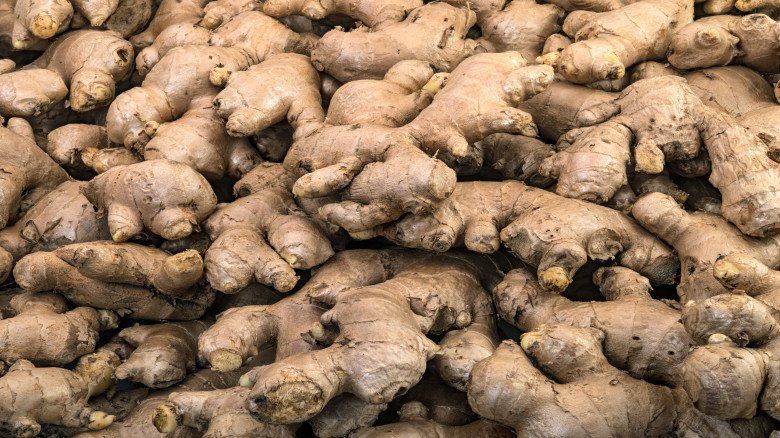

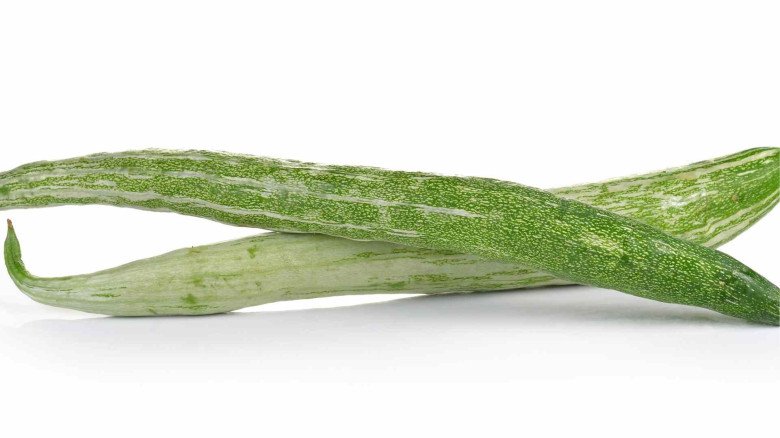





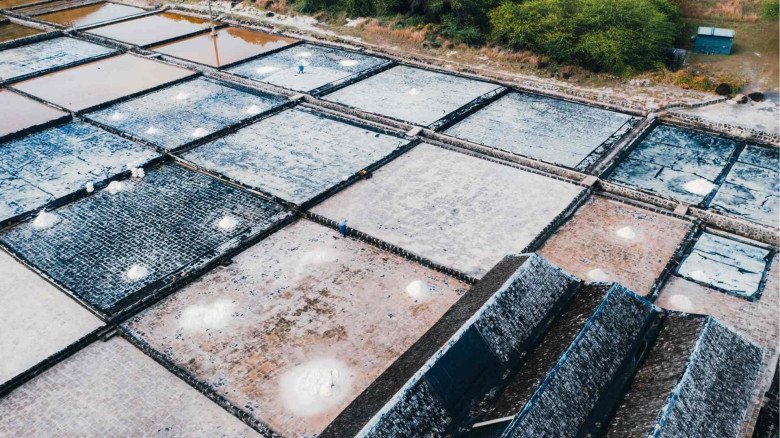









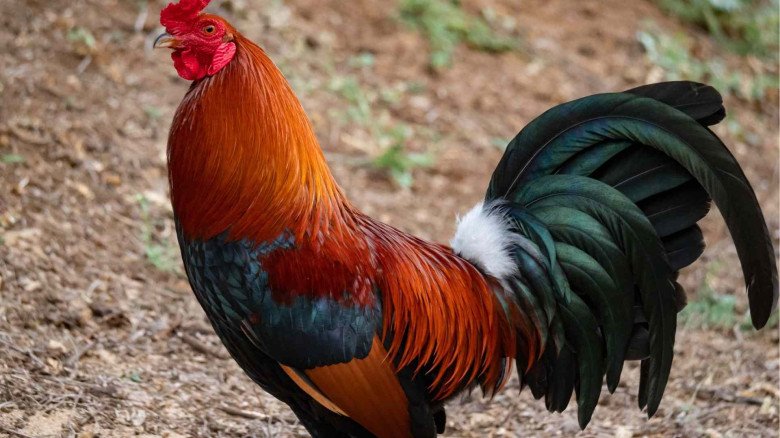













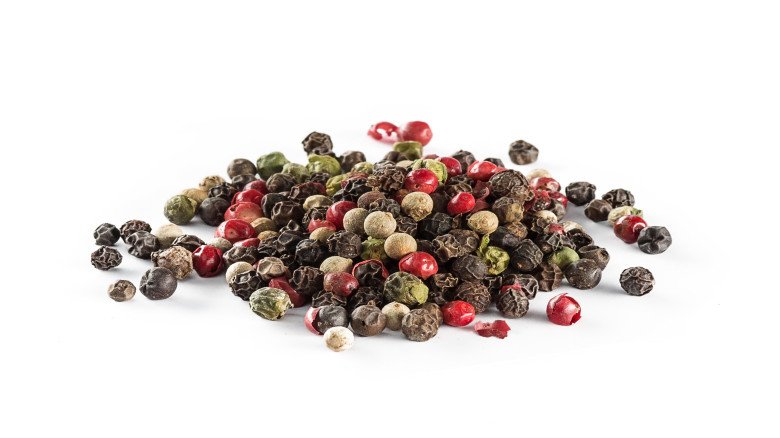
Leave A Comment